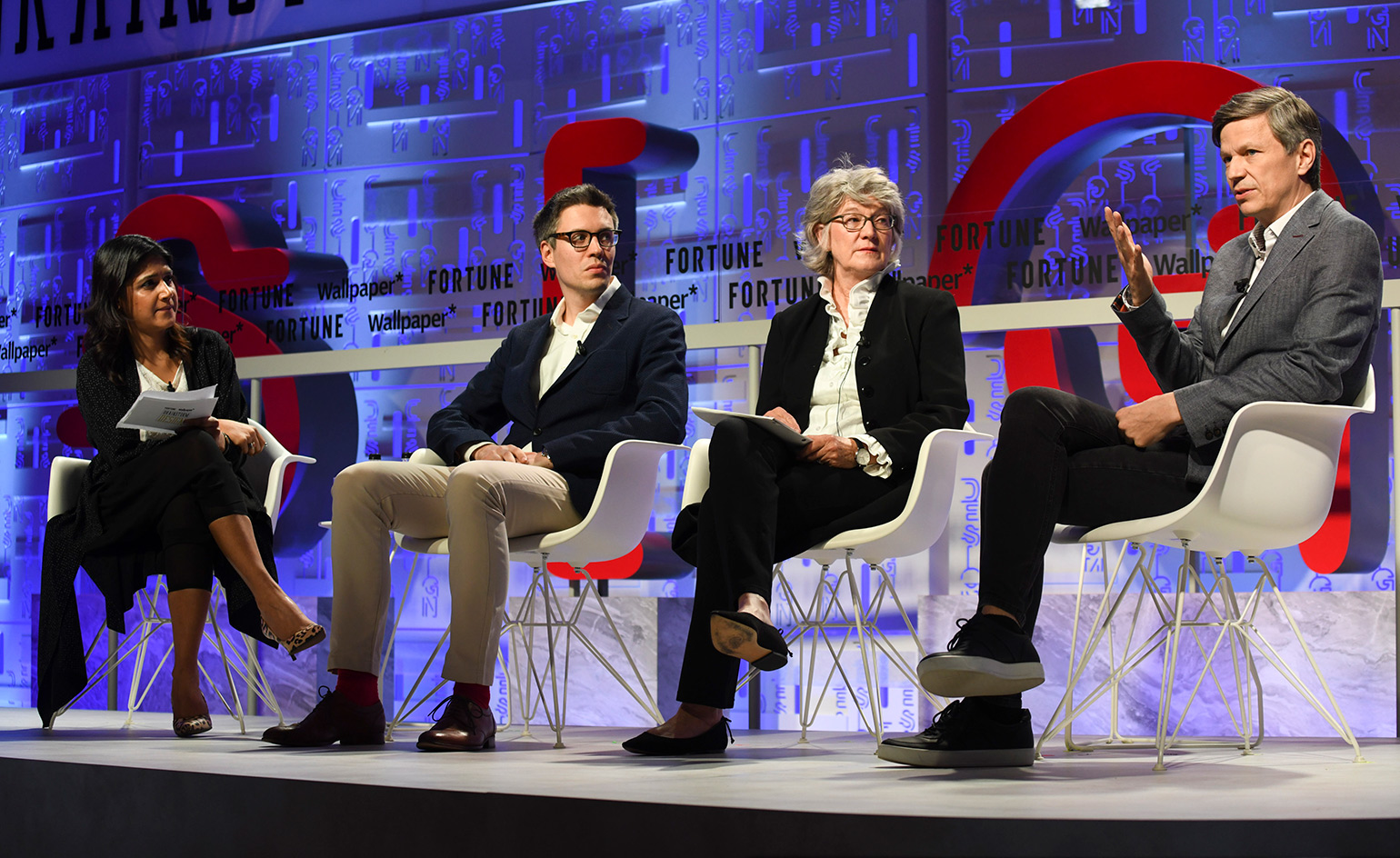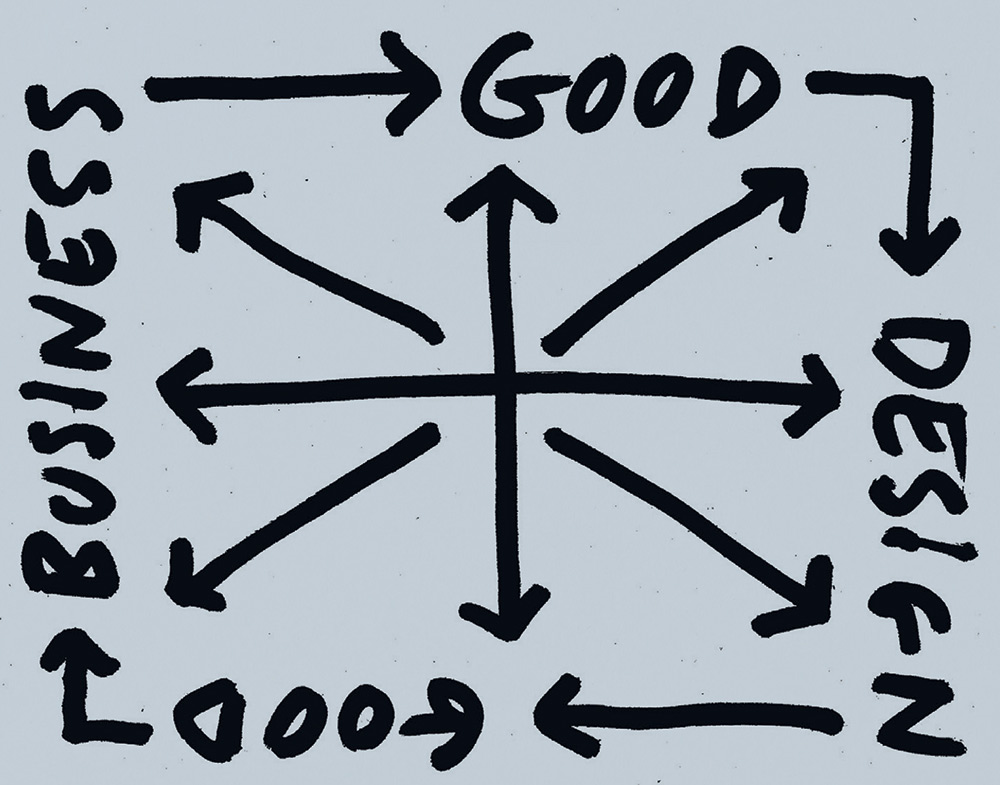Design values: McKinsey & Company’s Benedict Sheppard on upticking design for good business
We’ve always known that good design makes for good business. Now McKinsey & Company has crunched the numbers to prove it. The consultancy’s Benedict Sheppard, a speaker at this year’s Brainstorm Design conference in Singapore, offers four rules for upticking by design

Can good design increase revenue, or shareholder returns? How do organisations that use design as a strategic tool fare against companies that don’t? What is design worth? In October last year, McKinsey & Company, the management consulting firm, published a report titled ‘The Business Value of Design’, which went a long way to answering all of the above. A group of its researchers tracked the design practices of 300 publicly listed companies over five years – recording more than 100,000 ‘design actions’, and collecting over two million pieces of financial data. All to better understand how design correlates with business performance.
One of the report’s authors, Benedict Sheppard, refers to the work as a ‘double world first’, and describes it as a kind of breakthrough moment for McKinsey. ‘It’s the first time someone has rigorously quantified the business value of design,’ he says, ‘and the first time someone has taken individual design actions and tied those back to audited financial performance.’
Top design performers were growing their revenues at almost twice the rate of their peers
Sheppard is a partner at McKinsey’s London office and works with McKinsey Design, an internal agency, formally established last year, that uses ‘analytical rigour’ and ‘breakthrough creativity’ to ‘identify opportunities and help clients achieve them’. McKinsey is an organisation most famous for providing strategy, but it has employed designers for years, and produced creative solutions in almost every industry, from finance and insurance to packaged goods. Following several studio acquisitions (including consultancies Lunar, in San Francisco, and Veryday, in Stockholm), the firm’s design team now numbers more than 350, though for a long time the group was, according to one of Sheppard’s colleagues, ‘probably the world’s largest design firm no one had ever heard of ’. In many ways, Sheppard says, the ‘Business Value of Design’ report is ‘an acknowledgement that design is a core part of who we are’.
Sheppard authored the report with three others – Garen Kouyoumjian, Hugo Sarrazin and Fabricio Dore – who each works out of a different international McKinsey office. ‘Here’s the executive summary,’ Sheppard says. ‘Good design is good business.’ When they analysed the data, Sheppard’s team uncovered 12 design actions that showed ‘the greatest correlation with improved financial performance’, and then loosely grouped those actions into four themes. The organisations that performed well in all four categories – companies that measured and drove design performance ‘with the same rigour as revenue and costs’; that reduced ‘internal walls between physical, digital and service design’; that made ‘user-centric design everyone’s responsibility’; and that constantly listened, tested and iterated products and services with end-users – outperformed competitors by startling degrees.

Mckinsey & Company’s Benedict Sheppard addressing the Brainstorm Design conference 2019.
‘Top design performers were growing revenues at almost twice the rate of their industry peers,’ Sheppard says, ‘and growing shareholder returns 70 per cent faster.’ Sheppard had long known good design contributes to financial success, but, when he crunched the numbers, he was surprised by the extent of the contrast between design-conscious organisations and others. ‘It’s not a one per cent or two per cent game,’ he says. ‘There’s a dramatic difference between the top performers and their industry peers.’
Sheppard’s team monitored companies working in three unrelated industries – medtech, retail banking and consumer goods – to assess whether design affects different industries in different ways. ‘What came back is, actually, it doesn’t matter,’ he says. ‘Design principles – what good design is – hold true whether you’re designing an app or making a physical product or creating an experience for someone to have in store.’

Illustrator: A2/SW/HK + A2-Type
This is important at board-level, where, typically, design has been undervalued as a strategic tool. A little more than 50 per cent of the organisations McKinsey monitored ‘admitted they have no objective way to assess or set targets for the output of their design teams’, and a CEO might not act without hard facts. ‘What’s been missing for them is some level of quantification,’ Sheppard says. ‘Some level of rigour.’ The report offers the data, though ‘it’s not a linear relationship’, he says. ‘If you’re a CEO and you put a dollar into design, following the recommendations of design actions that came out of the research, you’re not guaranteed to get a dollar back in terms of revenue. But we saw that companies who excelled in all four of the dimensions had the most improved performance. Those were the companies that were standing out from the crowd, and those were the ones that were getting the financial benefits. That’s an important decision if you’re a leader of a company. You’ve either got to say, “We’re really into design”, or, frankly, don’t do it at all.’
A version of this article originally featured in the April 2019 issue of Wallpaper* (W*241)
INFORMATION
Sheppard is a speaker at Brainstorm Design, a conference co-produced by Wallpaper* and Fortune magazines, at Ritz-Carlton Millenia Singapore, 5-7 March. For more information, visit the Brainstorm Design website and the McKinsey Design website
Wallpaper* Newsletter
Receive our daily digest of inspiration, escapism and design stories from around the world direct to your inbox.
-
 Warp Records announces its first event in over a decade at the Barbican
Warp Records announces its first event in over a decade at the Barbican‘A Warp Happening,' landing 14 June, is guaranteed to be an epic day out
By Tianna Williams
-
 Cure your ‘beauty burnout’ with Kindred Black’s artisanal glassware
Cure your ‘beauty burnout’ with Kindred Black’s artisanal glasswareDoes a cure for ‘beauty burnout’ lie in bespoke design? The founders of Kindred Black think so. Here, they talk Wallpaper* through the brand’s latest made-to-order venture
By India Birgitta Jarvis
-
 The UK AIDS Memorial Quilt will be shown at Tate Modern
The UK AIDS Memorial Quilt will be shown at Tate ModernThe 42-panel quilt, which commemorates those affected by HIV and AIDS, will be displayed in Tate Modern’s Turbine Hall in June 2025
By Anna Solomon